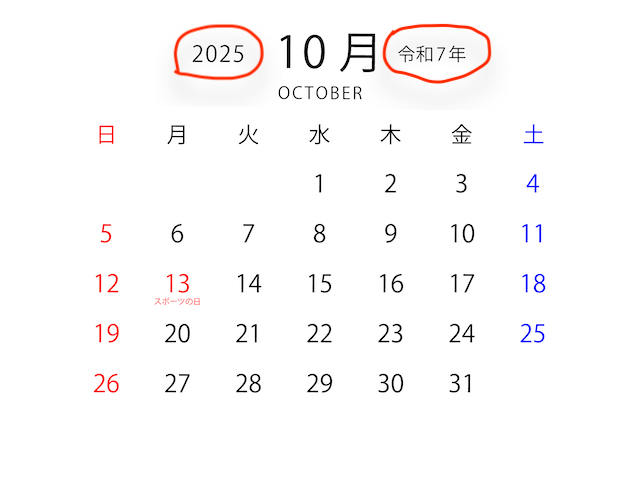About Japanese Era Names – Gengo
Japanese people have three main ways of measuring years. Therefore, calendars usually have two kinds of notations, and sometimes an animal is also depicted.
Western Calendar (AD/CE) – For example, this year is 2025. It is based on the birth of Jesus Christ and is used worldwide. This is evidence that Western civilization has had a global influence.
Zodiac (Eto) – Originating in ancient China, twelve animals are used to name years. This shows that ancient Chinese civilization had a tremendous influence over the surrounding regions of Asia. In Japan, it is mostly noticed during New Year celebrations, and most people remember the animal of their birth year. So, it is not really used in everyday life.
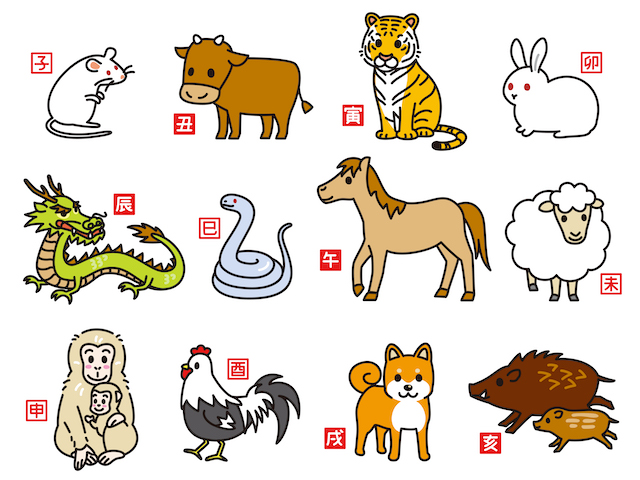
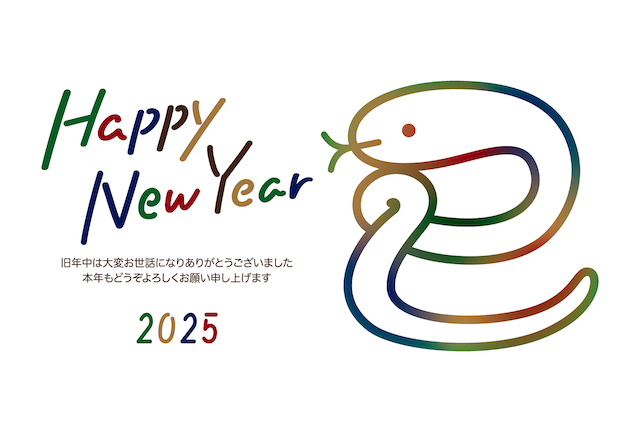
Era Names (Gengo) – This system is unique to Japan. Era names began in 645 AD with Taika, following the Chinese model. The current era is Reiwa, which is the 248th era in Japanese history. Since the Meiji era, the era names have included Meiji, Taisho, Showa, Heisei, and Reiwa. Each era corresponds to the reign of a specific emperor.
The names of Japanese era names, most of which consist of two Kanji characters, have traditionally been taken mainly from Chinese classics to symbolize the ideals of the nation and the spirit of the age. Since modern times, however, they have also been drawn from Japanese classics.
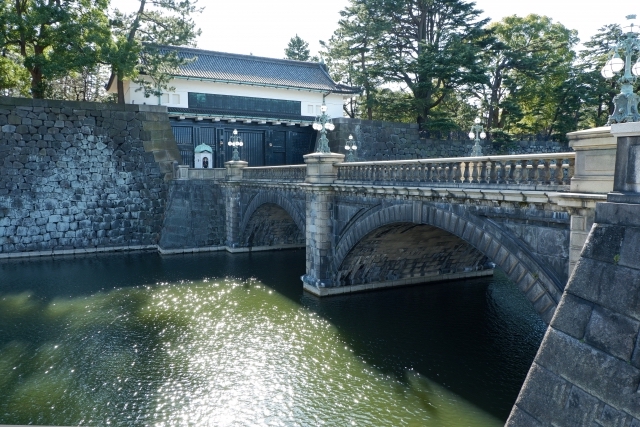
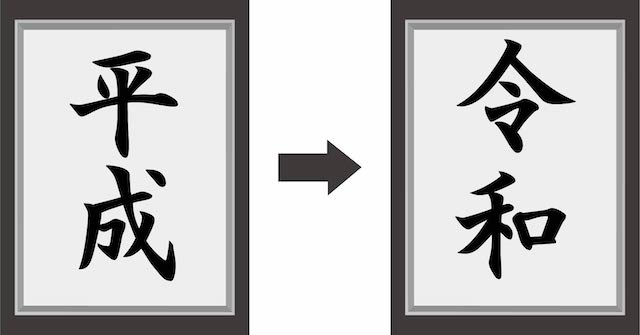
Even today, many Japanese people feel nostalgic for the mood and spirit of the era they lived through—for example, the Showa kayo, or popular songs from the Showa era.
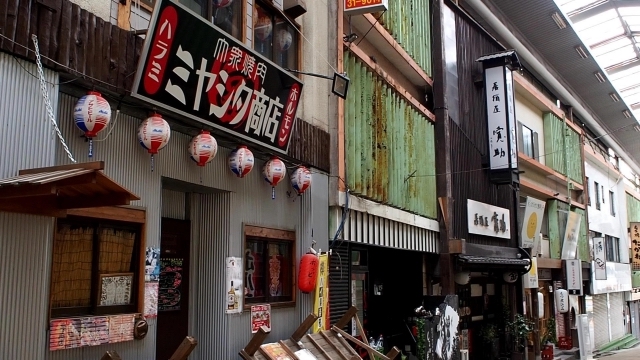
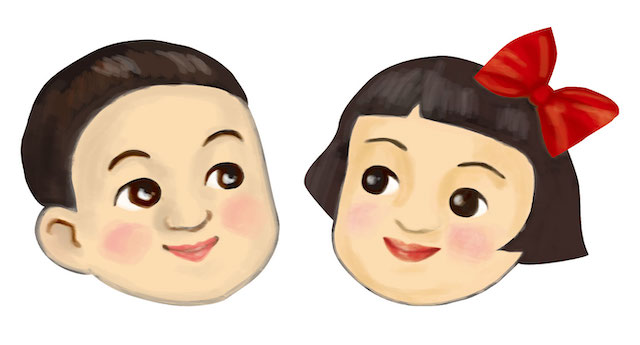
Foreign visitors often ask about the difference between the Edo period and the Meiji era.
Historically:
The Edo period (early 17th century to mid-19th century) was ruled by the Tokugawa shogunate, with Edo (now Tokyo) as the political center.
The Meiji era (1868–1912) marks Japan’s transition into a modern nation-state.
The difference is also in how time was counted. The Meiji era is defined by the reign of Emperor Meiji. In contrast, the Edo period is defined by the Tokugawa shoguns, who ruled for about 250 years (from Ieyasu to Yoshinobu). During this time, there were 36 era names, including famous ones such as Meireki (known for the Great Fire of Edo), Genroku (flourishing of kabuki and puppet theater), and Keio (the origin of Keio University’s name). During the same period, fifteen emperors reigned, so the era names did not always correspond to a single emperor’s reign.
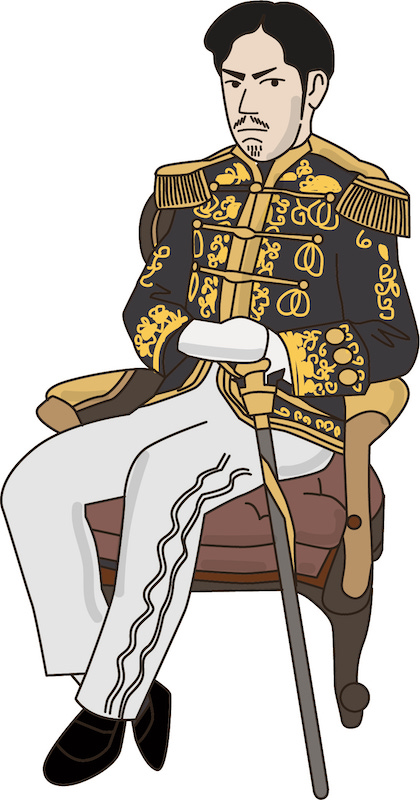
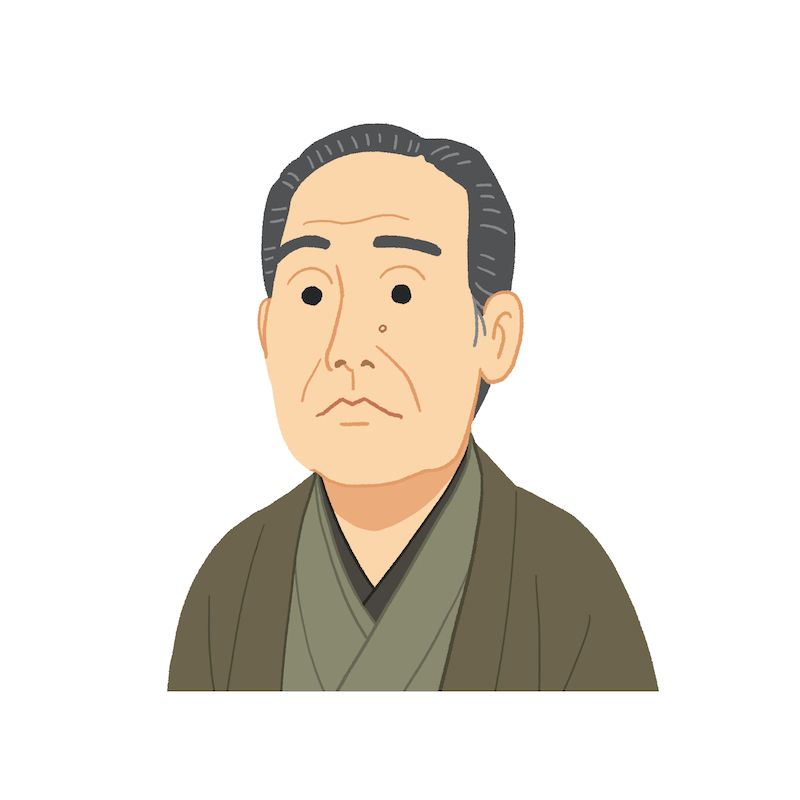
Era names are officially chosen by the emperor, but in the Edo period, the shogunate often influenced the decision, and the emperor formally approved it. Era names could change for several reasons:
The accession of a new emperor
Disasters, epidemics, or unusual natural phenomena
Auspicious or symbolic reasons
It was only after the Meiji Restoration that era names became clearly linked to the emperor’s reign. The “One Era per Emperor” decree of 1868 established that each emperor would have only one era name. This was not just a calendar reform—it was a strategic way to unify the nation under the emperor, making the emperor a central figure in daily life.
However, the decree was a traditional order, not a law, and after World War II, its legal basis disappeared. During Emperor Showa’s reign, era names continued as a tradition, but there was no clear legal authority for the system.
To preserve the tradition, a movement emerged to give era names a legal foundation. Despite some opinions advocating a complete switch to the Western calendar, the Era Name Law (Gengo Law) was passed in 1979, granting the system official legal status.
Summary: Before the Edo period, era names were established independently of the emperors’ reigns. Since the Meiji era, however, the “one era per emperor” system has been adopted, so the era name now corresponds to each emperor’s reign.

